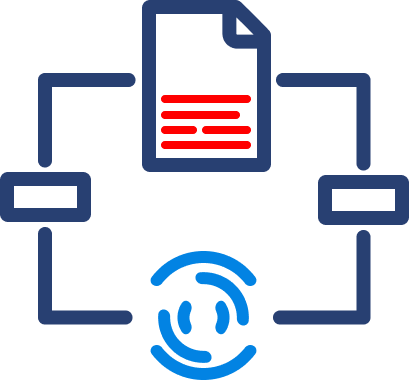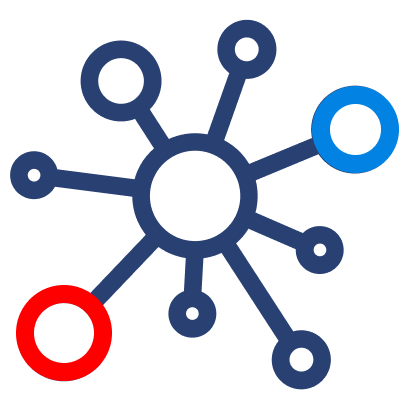How to Set Up Power BI
Power BI is a unified, scalable platform for self-service and enterprise business intelligence (BI). Connect to and visualize any data.
How to Set Up Power BI: A Step-by-Step Guide
This guide will walk you through installing Power BI, connecting to data sources, creating visualizations, and sharing reports.
Step 1: Install Power BI Desktop
- Download Power BI Desktop
- Go to the Power BI website and click Download Free.
- Alternatively, install it from the Microsoft Store.
- Install and Launch Power BI
- Run the downloaded installer and follow the setup instructions.
- Open Power BI Desktop after installation.
Step 2: Connect to a Data Source
Power BI supports multiple data sources, including:
- Excel and CSV files
- SQL Server and Azure databases
- Google Analytics and other cloud platforms
- APIs and live web data
- Open Power BI Desktop and click Get Data (top-left corner).
- Select a data source (e.g., Excel, SQL Server, or a web URL).
- Click Connect and provide login credentials if required.
- Click Load to import the data or Transform Data to clean it before use.
Step 3: Prepare and Transform Data
Power BI includes Power Query, a tool for data cleaning and transformation.
- Click Transform Data to open Power Query Editor.
- Use the tools in the editor to:
- Remove duplicates and null values.
- Change column types (text, numbers, dates).
- Merge and split columns.
- Create calculated columns and measures using DAX (Data Analysis Expressions).
- Click Close & Apply to save changes and return to the report view.
Step 4: Create Visualizations
- Click on the Report View tab.
- Drag a dimension (e.g., “Product Category”) to the Axis.
- Drag a measure (e.g., “Total Sales”) to the Values area.
- Choose a chart type from the Visualizations pane (bar chart, pie chart, table, etc.).
- Use filters and slicers to refine the data displayed.
Step 5: Build a Dashboard
- Click New Dashboard and arrange multiple visualizations.
- Use interactive filters to make data exploration easier.
- Customize colors, labels, and tooltips for clarity.
Step 6: Publish and Share Reports
Option 1: Publish to Power BI Service (Cloud Sharing)
- Click Publish in Power BI Desktop.
- Sign in with a Microsoft account.
- Choose a Power BI workspace to upload the report.
- Open Power BI Service to view and share dashboards.
Option 2: Share Power BI Files Locally
- Save the report as a .pbix file and share it with others.
- Users need Power BI Desktop to open and edit the file.
Option 3: Embed Power BI Reports in Apps or Websites
- Use Power BI Embedded to integrate reports into external applications.
- Generate an embed link for sharing dashboards in Microsoft Teams or SharePoint.
Step 7: Automate Data Refreshes
- Go to Power BI Service and open your report.
- Click Schedule Refresh in the settings panel.
- Select the frequency (hourly, daily, or weekly).
- Ensure the data source supports automatic refresh (e.g., SQL databases).
Final Checks Before Deployment
✔ Validate data accuracy before publishing.
✔ Test filters and interactivity to improve user experience.
✔ Optimize performance by reducing large datasets or using aggregations.
✔ Set up role-based access controls for security.
Data
Tableau
Tableau can help anyone see and understand their data. Connect to almost any database, drag and drop to create visualizations, and share with a click.
Data
Looker
Looker is a business intelligence platform. It provides a data exploration and dashboarding interface for users, an IDE for data modelers, and rich embedding and API features for developers.
Data
Power BI
Power BI is a unified, scalable platform for self-service and enterprise business intelligence (BI). Connect to and visualize any data.
Our Services
Full Send Finance exists to elevate your data.
Outsourced Accounting
With a delightful blend of technology and human wizardry - we help establish your accounting ecosystem, clean up current ones, and manage them on an ongoing basis.
Financial Planning & Analysis
We provide beautiful financial reporting and dashboarding to help you have financial clarity within your business at any point in time.
Fractional & Technical Accounting
We are human experts in accounting. We love solving problems and providing our clients with some much needed confidence that a solution exists.

Data Automation
We take your manual data exports, uploads, and reformats and turn them into a steady stream of consistent data - wherever you need it.
Data Analytics
We take your dusty excel report or dashboard and turn it into a multi-dimensional tool that allows you to cut the data however you like.

Fractional Data
From data strategy and team education to one-off data architecture projects, we support your temporary projects as your needs evolve.


